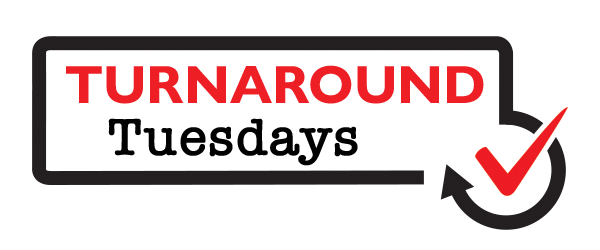Demographics:
West Broward High School, located in Pembroke Pines, Fla., serves more than 2,000 students in grades nine through 12.
Biggest challenge:
Results on standardized tests revealed that about a quarter of our 9th- and 10th-grade students weren’t reading at grade level. Many of those struggling were English-language learners (ELLs) whose English proficiency wasn’t at the level needed to comprehend challenging texts within these exams. Some were students with learning disabilities. Others simply hadn’t discovered texts that engage them, so hadn’t spent enough time developing the reading skills they need for success.
Solution:
With the help of our literacy coach and reading department chair Elizabeth Rivero, we developed a set of strategies for closing the gaps by targeting struggling readers through specialized instruction. Any student in grades nine or 10 who didn’t score a level 3 or above on the Florida Standardized Assessment (FSA) in the previous year is now placed in a dedicated reading class. Any 11th or 12th grader who hasn’t met the reading score requirement for graduation through the FSA, SAT, or ACT is placed in this class as well, along with all level one or two ELL students.
Related: School leaders reveal the common sense keys to ELL success
In these classes, students complete a close read of one to two nonfiction articles per week. Teachers lead direct instruction on skills, such as how to identify the theme or central idea of a text, how to analyze the development of this idea throughout the text, and how to evaluate the strength of the arguments presented. Small group discussions are held regularly, giving students the opportunity to connect and collaborate with peers.
Our teachers use the Achieve3000 platform to provide differentiated instruction tailored to each student’s reading abilities. After enrolling in the class, students take a test to establish their baseline Lexile score. Then, throughout the school year, they are given nonfiction passages to read that are matched to their individual level. As they progress, their reading level is continually reevaluated and they are given more sophisticated texts. This way, students can track their own progress and achievements, and teachers can easily monitor and share data.
Related: Teachers: English learners need resources, support
After the first year of this approach, the percentage of our lowest-achieving students who gained a whole level or more on the state reading test improved from 39 percent in 2017 to 49 percent in 2018, exceeding our expectations. In addition, 96 percent of our senior students who were enrolled in a reading course met their graduation requirement for reading.
Lessons learned:
- Through continual, consistent instruction, confidence blossoms among students.
- Communicating with students about their Lexile score and what it means helps students take ownership of their learning.
- Bringing parents in early when starting an initiative is crucial.
- A combination of classroom discussion and repeated reading is a proven strategy for boosting achievement.
- With the right tools and strategies, schools can help even the most struggling readers succeed.
Next steps:
We will continue to ensure students are being met at their individual level and help them to grow through a mix of differentiated instruction, collaboration, and a focus on literacy.
Next week:
See how a district turned around its data culture to impact student achievement and growth.
- Using universal screening to improve student well-being - April 22, 2024
- 3 ways to avoid summer learning loss - April 19, 2024
- High school students say AI will change the workforce - April 18, 2024


